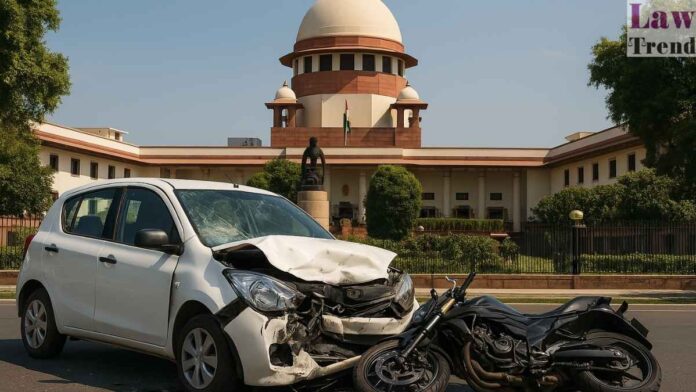In a significant judgment clarifying liability in multi-vehicle or trailer-involved accidents, the Supreme Court has held that when a vehicle causes a chain reaction leading to damage or death, the liability extends to the insurer of the root-cause vehicle. The ruling came in Royal Sundaram Alliance Insurance Co. Ltd. vs Honnamma & Ors., where a
To Read More Please Subscribe to VIP Membership for Unlimited Access to All the Articles, Download Available Copies of Judgments/Order, Acess to Central/State Bare Acts, Advertisement Free Content, Access to More than 4000 Legal Drafts( Readymade Editable Formats of Suits, Petitions, Writs, Legal Notices, Divorce Petitions, 138 Notices, Bail Applications etc.) in Hindi and English.




